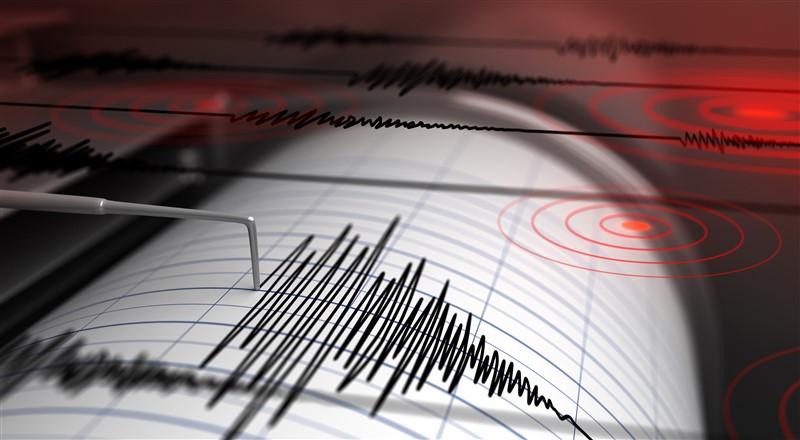Engineering New Zealand states it welcomes the Ministry of Business, Innovation and Employment’s release of the findings of the C5 evidence project.
The Seismic Assessment of Existing Buildings (2017), or Red Book, is a mandatory set of technical guidelines for seismic assessments. One section, C5, deals with the assessment of concrete buildings.
In 2018, C5 was revised to include the latest knowledge following the 2016 Kaikōura Earthquake. Engineers can now use this revision, known as the ‘Yellow Chapter’, for all assessments – except when determining whether a building is earthquake-prone, whereby the Red Book must be used.
A %NBS (New Building Standard) rating indicates how well a building protects life when compared with a hypothetical similar new building on that same site and which complies with the minimum requirements of the Building Code. An earthquake-prone building has a rating of 34 percent NBS or less and has been deemed ‘earthquake-prone’ by the relevant local authority.
The C5 evidence project involved an independent assessment of 22 buildings to compare %NBS ratings using both the Red Book and Yellow Chapter. Prepared by Engineering New Zealand, the project was developed to help inform MBIE’s decisions around the regulatory status of the Yellow Chapter. The project found that there was little difference in %NBS ratings, regardless of whether the building was assessed using the Red Book or Yellow Chapter.
However, Red Book and Yellow Chapter assessments identified different vulnerabilities within buildings. This means decisions about retrofits are likely to differ, depending on which assessment method is used. The study also found that building owners had not widely used the Red Book for assessments since its 2017 release.
As well as having a wider scope of application, feedback from engineers who assess buildings and who were involved in the project was that Yellow C5 is technically superior and more straightforward to use than the corresponding Red Book section.
Chief Executive of Engineering New Zealand Dr Richard Templer said that engineers should use the revised Yellow Chapter version of the Red Book when carrying out assessments, with one exception. “That’s when you are assessing specifically whether a building is earthquake-prone under the legislation. By using the Yellow Chapter, engineers can help owners decide appropriate retrofit solutions for their building using the latest knowledge.”
The potential impact on the building system will be assessed by MBIE to inform the future regulatory status of the Yellow Chapter.
MBIE backs Yellow Chapter for seismic assessments
General
Friday, 05 November 2021






